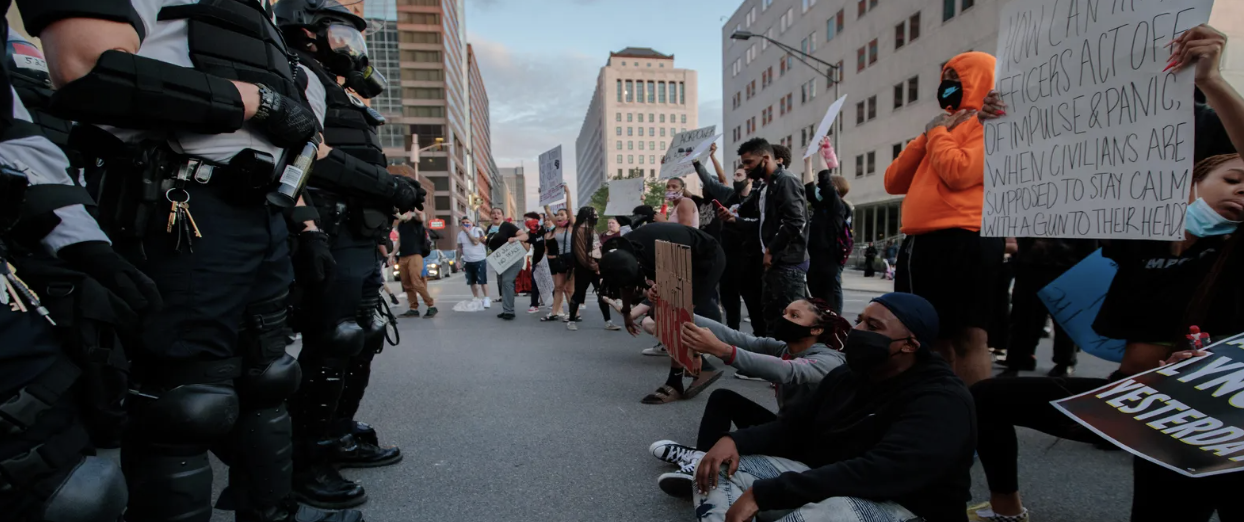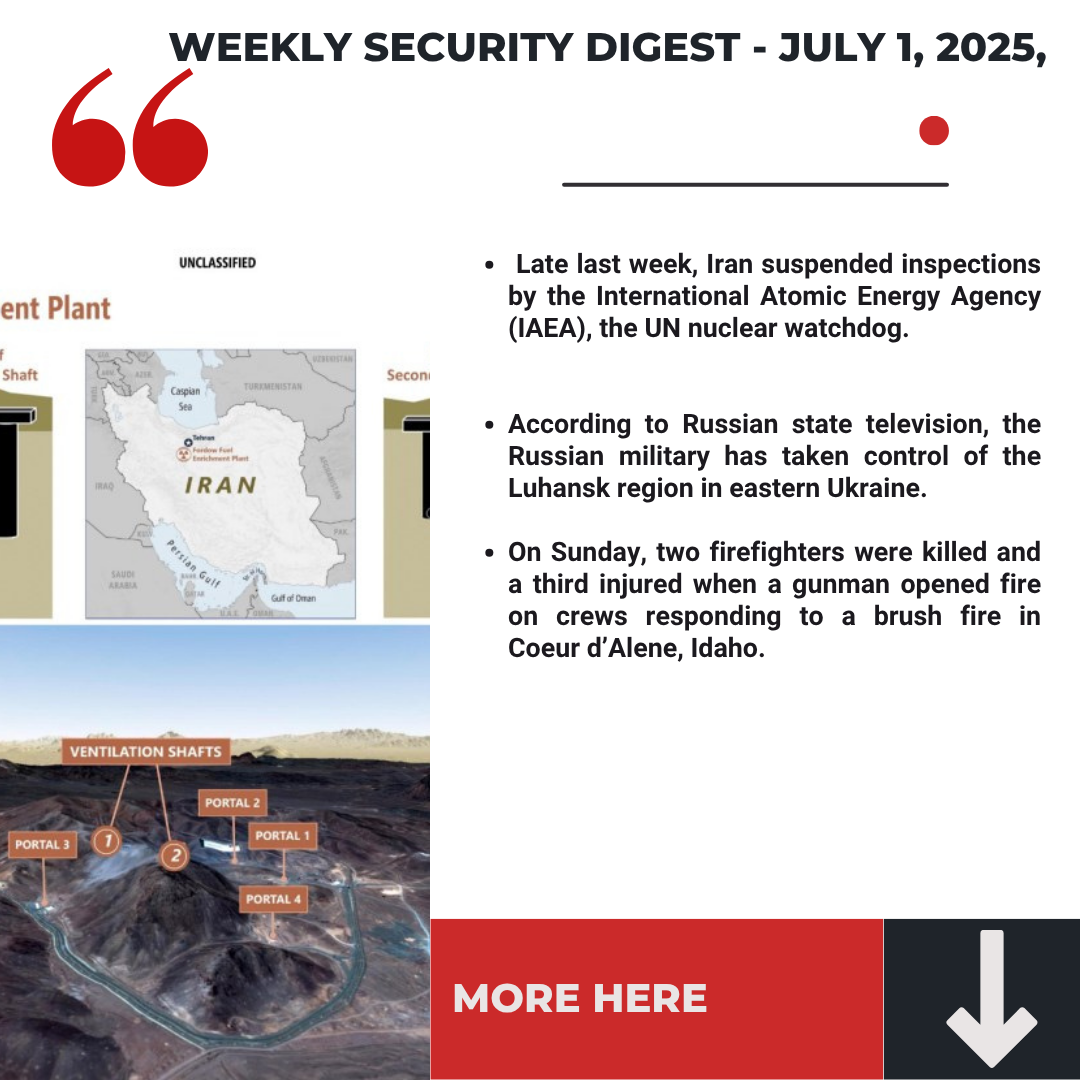Since the October 7th Hamas attack on Israel, pro-Israel and pro-Palestinian protests have been raging like wildfire across the world, especially in the United States. Globally, there were thousands of protests in the first month of the war. In the U.S., more than a million Americans have participated in nearly 2,600 protests, according to recent research presented by Haaretz.
Of course, these are not the only protests taking place in the world. In the nation of Georgia, demonstrators have been protesting a proposed law that would limit freedom of the press and crack down on NGOs since 2022. In Dubai, activists protested this month over the presence of the oil, gas, and coal industry at a major climate conference, the COP28 U.N. summit in Dubai. In New Zealand, protestors took to the streets to demonstrate against several government actions deemed racist against the Māori.
As protests are part and parcel of daily life in many societies, it is important to know how to participate safely.
When Protests Become Dangerous
Fortunately, and unfortunately, there is always something to protest. Fortunately, because protesting means that people live in societies where freedom of speech and differing perspectives are allowed, unlike dictatorships or authoritarian governments in which all dissension is quashed. And unfortunately, because there are many perceived wrongs taking place around the world for which people feel compelled to find solutions.
When peaceful protests turn violent, it is problematic for both the cause and for the people protesting.
Staying Safe During a Protest
Protests, by definition, are meant to be gatherings with words and/or speeches. According to Wikipedia, a protest “is a public expression of objection, disapproval or dissent towards an idea or action, typically a political one.”
What happens, however, when a peaceful expression of objection becomes violent?
For example, multiple protests broke out around the U.S. following the wrongful killing of George Floyd by a policeman, in May of 2020. Many of these demonstrations turned violent. In November of this year, a protest in Spain against the acting prime minister’s plans to grant amnesty to Catalan separatists ended with two men arrested for violent behavior (and one woman arrested for disobedience). In southwestern Africa, peaceful protestors were met with antagonistic security forces, who killed at least 15 activists protesting a hike in fuel prices amid rising poverty in Angola.
While every protest is different, any causes of violence can stem from one of these sources:
- The sheer volume of people together in a crowded place
- Clashes with police and/or police using excessive force
- The protest topic is so triggering that demonstrators lose control and act out
- Nefarious actors embed themselves in peaceful protests and attempt to instigate unlawful activity by the larger group in order to provoke a crackdown.
Safety Precautions in a Protest
If you decide to join a protest for a cause that’s near and dear to your heart, be sure to take the following safety precautions:
- Use the buddy system
Protests can become overwhelming and chaotic quickly. Go with a friend or “buddy” so that you can both look out for and keep track of one another. Try to stay within sight of one another and if you must separate, make sure to communicate and plan a time and location to meet back up.
- Pack a bag
Arrive to the protest prepared with a bag that includes food/snacks and water. Water can be used for drinking and also to flush out chemicals like pepper spray. A phone charger may also be useful if you plan to be out for a long period of time or will be taking photos or videos.
- Avoid antagonizing police
Protestors and police officers are both human beings but each have triggers that are best left untested. Therefore, avoid hampering law enforcement efforts at crowd control and certainly do not antagonize them. They are there to keep you, and all others in the area, safe.
- Be aware of your surroundings
Being aware will help you tune into any signs of trouble. If you see that things are getting out of hand, it is time to leave. Try to take note of all exit locations within the vicinity when you arrive and have a departure plan ready so that in case you have to leave quickly, you are prepared.
In conclusion, while protesting is an essential aspect of democracy and a potent catalyst for change, it is crucial to approach it with a sense of responsibility and preparedness. Being informed and ready can mitigate risks and ensure your voice is heard without escalating into violence. Remember, the power of a protest lies in its ability to convey a message peacefully and effectively. By staying aware, avoiding confrontations, and respecting both your rights and those of others, you contribute to a safer environment for all participants. Let’s embrace our right to protest, but let’s do it in a way that upholds the values we are fighting for and ensures everyone’s safety.
To find out more, please reach out to info@interforinternational.com





